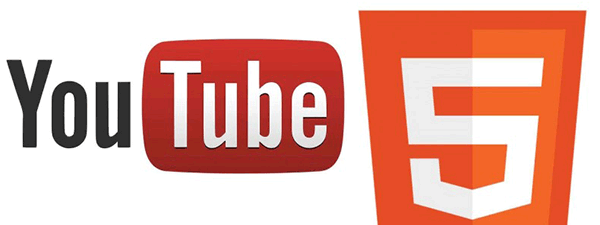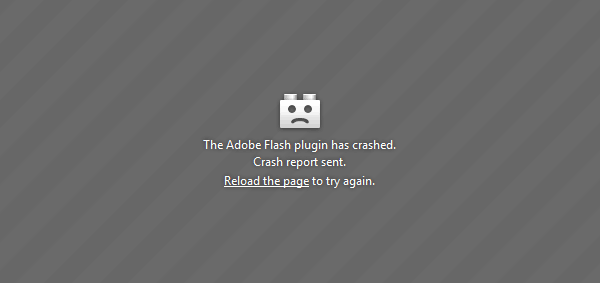YouTube has announced that, as of this week, its web video player will demote Adobe Flash and start streaming HTML5 videos by default on all modern browsers including Chrome, IE11, Safari 8 and in new beta versions of Firefox.
With Adobe Flash declining in relevance on the modern internet, YouTube engineer Richard Leider said that the company is officially ditching Flash in favour of HTML5 since the latter adds more flexibility for developers, bloggers and consumers, with benefits that "extend beyond web browsers."

First introduced on YouTube back in 2010, it looks as if it's overdue for the company to finally make HTML5 the standard default video playback platform. The YouTube team explains that it waited to switch as the standard did not sufficiently meet the site's needs until recently, due to a number of technical issues including the lack of support for Adaptive Bitrate (ABR). ABR streaming can reduce buffering by more than 50 per cent globally and up to 80 per cent on heavily-congested networks. The same technology which powers ABR also makes it possible for the service to live-stream video to dongles like Chromecast and game consoles such as the Xbox One and PS4.
Since HTML5 supports the VP9 codec, using this standard can help save bandwidth, load time and file size, allowing more users to access 4K and HD content at 60fps with videos starting 15-80 per cent faster. The new APIs in HTML5 will also provide a full screen video viewing experience with standard HTML UI.

Of course, HTML5 support will allow YouTube videos to be played on devices such as the iOS and Android that don't support Flash Player on the web. The YouTube team is encouraging web developers to start using the iframe API which can intelligently use whichever technology the clients' browser supports.













